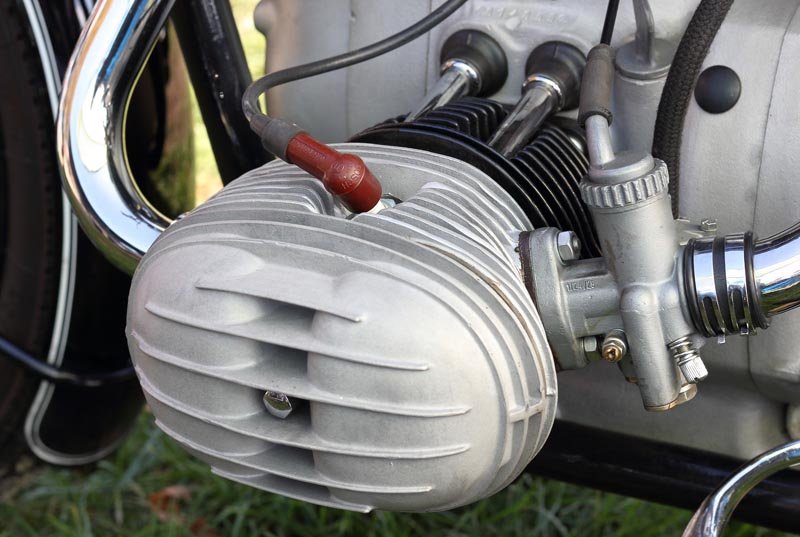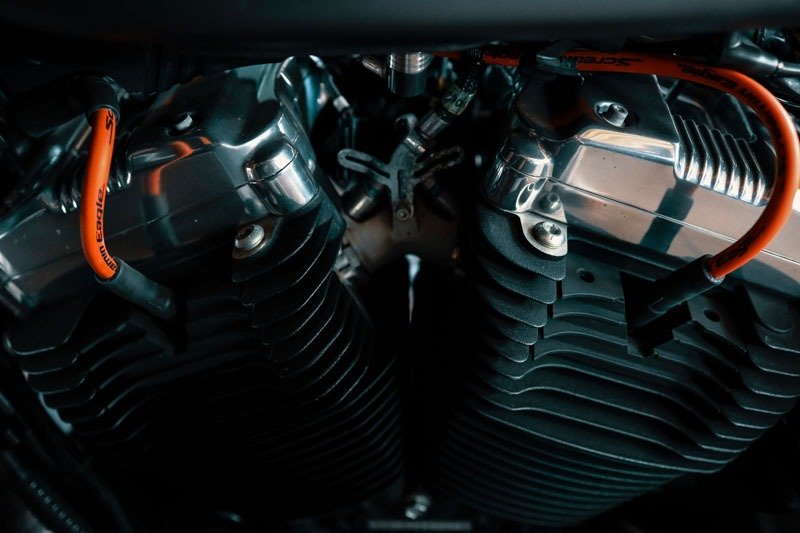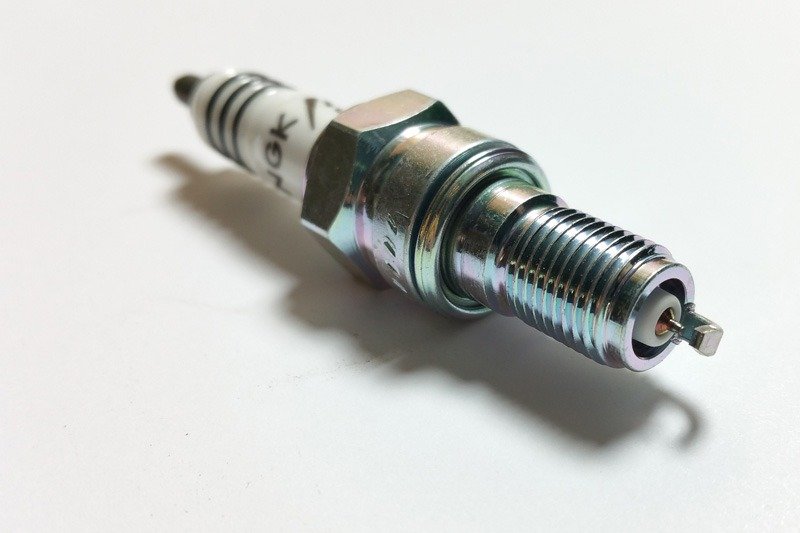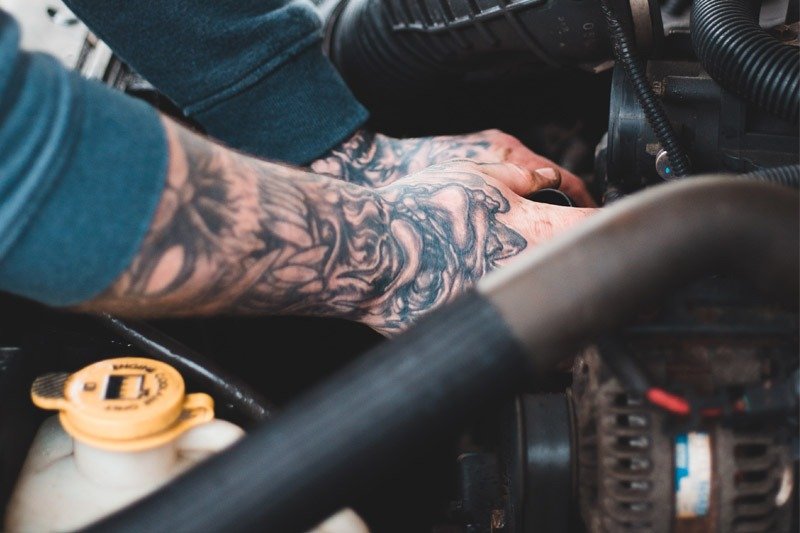How do you communicate while snowboarding? Which is the best way to communicate with others while on the snowboard slope? Snowboarding is an exhilarating sport that combines the thrill of speed with the beauty of nature. But, maintaining communication with friends or partners on the slopes is hard. This is also a challenge to many […]

How Often Should You Change The Motorcycle Spark Plugs 2023
Spark plugs are essential to engine components made use of to fire up the pressed air-fuel mix in the combustion chamber.
Over the years, Spark plugs have actually substantially improved, meaning they do not require way too much interest. Yet, they can not be ignored completely. Eventually, they are going to require to be changed.
Let us go over thoroughly exactly how often should you change the motorcycle spark plugs.
Table of Contents
How Often Should You Change The Motorcycle Spark Plugs
A motorcycle spark plug typically has a lifespan of 10,000 miles (16,000 kilometers). Exemptions exist with few spark plugs constructed to last much longer.
The spark plugs in the motorcycle should be replaced every 8000 miles to 10,000 miles (13,000 to 16,000 kilometers).
However, if your bike is running harsh, sputtering, or is losing power, the spark plug should be inspected as well as replaced if required.
Signs Of Bad Motorcycle Spark Plugs

Common indicators of spark plug concerns include harsh idling, inadequate acceleration, lowered gas economic climate, misfiring, hard beginning.
-
Misfiring Engine
The most common sign and symptom of a poor or failing spark plug is a misfiring engine. When your motorcycle is running correctly, it will have a consistent sound. However, a misfiring engine will interfere with that rhythm. Often times this just takes place for a couple of seconds and after that, the engine returns to its normal operating cycle. A misfire problem is caused by a failing motorcycle spark plug that is not sparking the air/fuel mixture at the correct time.
A spark plug sparks the air-fuel mixture in the burning chamber by sending out an arc of electricity between the ground electrode well as the center electrode. This arc of power is what sparks the gas triggering your engine to work. If a spark plug does not arc at the correct time it will ruin the timing of the engine.
The ignition in the cylindrical tube is coordinated very carefully with the piston's placement. So sparking the fuel at the incorrect time will certainly minimize horsepower, engine efficiency, as well as the overall level of smoothness of the engine. The spark plug can even be the factor your motorbike does not start.
-
Backfiring Issues
Backfiring is also a usual indication of a negative spark plug. If you're listening to random loud pops appearing on your bike exhaust, after that you have backfiring trouble. This is triggered by spark plugs that are generating an intermittent spark, which is when a motorbike spark plug functions just great a lot of the moment but might stop working to do so every now and then, creating the engine to backfire.
Whether there's air and also gas in your engine cylinder, if the spark plugs fall short to ignite it, it obtains pushed out of the engine cylinder on the compression stroke. As soon as it reaches the hot exhaust header, it ignites, triggering a loud pop sound.
-
Flooded Engine
A swamped engine can additionally suggest one or numerous poor spark plugs. A swamped engine happens when you attempt to start your motorbike and crank over and over without actually beginning. This will certainly commonly produce a solid smell of gas.
When a bike engine comes to be flooded, that implies the burning chamber is loaded with gas but isn't being combusted. The carburetor or gas injector continues to offer the proper air and gas ratio to a dysfunctional spark plug that isn't arcing as well as isn't developing the burning required to move the pistons up and down.
-
Smelly Gas or Gas Out of the Exhaust
When the spark plugs are malfunctioning as well as not sparking at the correct time, leftover gas will certainly stay in the engine combustion chamber. Ultimately, this gas will obtain removed from the exhaust throughout the exhaust stroke of the engine. If the exhaust manifold is not warm adequate to fire up the gas (causing a backfire), the gas will flash off the exhaust.
Gas appearing in the exhaust is never a good idea. As a matter of fact, it is a sure sign that the burning cycle is not effectively igniting the air as well as gas combination, or the gas system/carburetor is not providing a suitable mixture. This can be triggered by a failing spark plug. Be sure to examine the condition of your spark plug if this is happening to your bike.
It's worth stating that not all liquid that comes out of your exhaust is fuel. In a lot of cases, it can in fact be water brought on by condensation. Make sure that the liquid is actually gas prior to tearing apart your carbs or engines.
-
Worse Fuel Economy
A great deal of these signs goes hand in hand. If you observe your engine misfires, you'll likely also observe you have an inadequate gas economic situation. This happens due to the fact that your engine doesn't stir up the fuel in the cylindrical tube on each burning cycle. The thrown-away gas exits out the exhaust reducing the gas economic situation.
How to Inspect Spark Plugs

Right here are the signs of when to replace the spark plug.
Under regular conditions, the spark plug electrodes will have combustion down payments that are grayish-brown in color. They need to be completely dry and also the electrodes must not be misshapen. The shade of the porcelain insulator around the center electrode of the spark plug must be a tool to light tan.
If the plugs are wet or covered in oil, this implies that the bike is having many more major problems that must be looked into. It frequently means that oil is leaking from the valves or pistons.
For any kind of excessive quantities of carbon or other down payments, the spark plug must be changed.
If your spark plugs are unusual disintegration or wear on the terminals, or fractures in the ceramic insulation. If you observe unequal wear on the center electrode, if it's put on to a factor, or if it's used more on one side than the various other, then it's time to transform the spark plugs.
If the ground electrode is unusually used or exceedingly corroded, it needs to be changed.
How To Change The Spark Plugs

Changing the spark plugs is one of the extra straightforward motorbike upkeep work you can usually do yourself depending upon the kind of bike you have. If your motorcycle engine enables an open door to the ignition system, it's as easy as get rid of as well as replaces.
Some motorcycles call for the removal of the gas tank to access the spark plugs. While this feels like a tough job, it's normally rather basic and can be done rather promptly. Check your solution handbook for the procedure for your certain bike.
Notice: With the plug washing machine attached, string the spark plug in by hand to prevent cross-threading.
If the old plug is great as well as requires no substitute, tightening up the plug as soon as ought to suffice. A quarter turn after it seats will suffice.
If you are replacing the old spark plug with a brand-new one as well as are mounting a new plug, you need to tighten it two times to prevent loosening.
Initially, tighten up the plug, a half-turn after it seats. After that, loosen up the plug. Next off, tighten up the plug again, a quarter turn must suffice this time around.
Related Questions
How Often Should Change Motorcycle Brakes?Asking how long motorbike brake pads last is an extremely crammed question that is difficult to address. It will differ a large amount for every rider due to the fact that each biker utilizes various guidelines for different factors.
It is nearly impossible to give a determined number. The best that can be done is to provide general quotes (or average) and also producer expectations. The typical life motorbike brake pads last are about 20 000 miles or about 32 000km. Nevertheless, these are subjective and also may not match your experience.
How Often Should You Change Motorcycle Oil?How usually you must alter your motorcycle oil depends upon exactly how often you ride it.
You ought to transform your oil once annually or after covering around 3000-5000 miles with your bike. If you utilize your bike much more regularly, you should conduct oil modifications more regularly-- no matter the kind of oil you make use of.

Motorcycle mechanic, writer. Interested in motorcycle gear for years. Like to stay up to date with the newest products and techniques of the motorcycle.
Introduction to motorcycle helmet audio systems As a passionate rider, I understand the thrill of hitting the open road with the wind in your face and the roar of the engine beneath you. However, there's one aspect that can take your riding experience to new heights. That is the ability to enjoy your favorite tunes […]
There is more best motorcycle to motorcycle communication systems than ever in 2024. Riders can seek them much more easily than before. Nowadays, modern intercoms offer crystal-clear audio, long-range capabilities, and seamless integration with helmets. These devices enable riders to stay in touch with their group, listen to music, take calls, and get GPS directions. […]
Do you know what mesh motorcycle communication is? How to choose the best mesh intercom for your motorcycle intercom? Introduction Riding a motorcycle is an exhilarating experience, but communication can be a challenge. In this article, I will lead you to enter the mesh motorcycle communication systems. These innovative technologies allow riders to stay connected […]
Are you tired of searching for motorcycle intercom helm full face options before a riding tour? Look at this test review article! We will share with you the best options to meet all your demands. Introduction Riding a motorcycle offers a thrilling sense of freedom and adventure. However, it can also be isolating. Hence, we […]
Motorcycling is a thrilling experience, offering a sense of freedom unmatched by other modes of transport. However, communication on the road can be challenging. Two way helmet communication systems provide an effective solution, enhancing both safety and enjoyment. Let's see the best 2-way helmet communication devices from Fodsports: Fodsports FX7: Newest Bluetooth mesh intercom for […]

